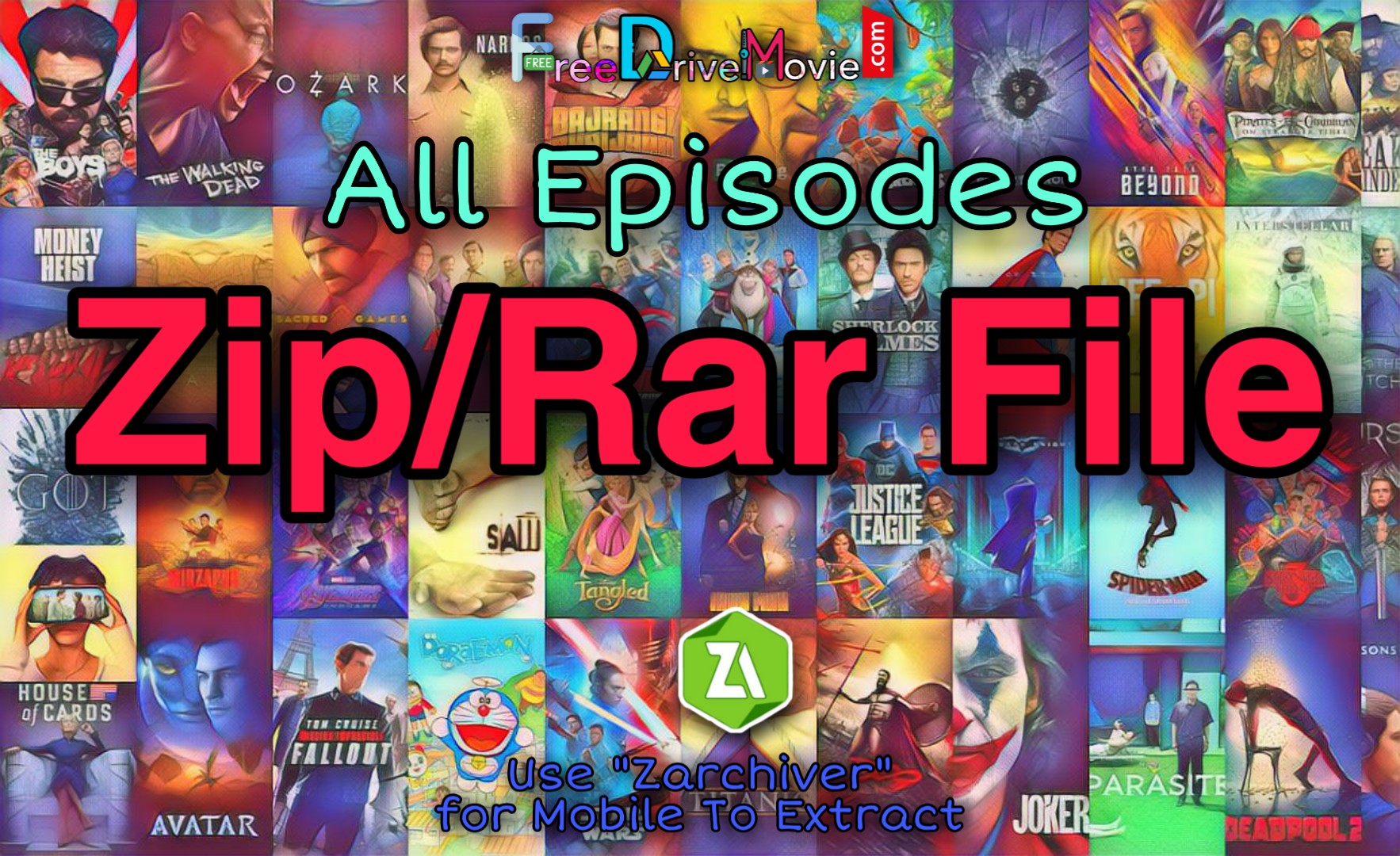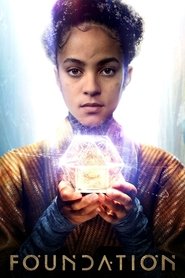
Seasons and episodes
1Season 1 Sep. 16, 2021
 1 - AllS01 Zip Nov. 20, 2021
1 - AllS01 Zip Nov. 20, 2021 1 - 1As Above, So Below Mar. 12, 2025
1 - 1As Above, So Below Mar. 12, 2025 1 - 2The Araf Mar. 12, 2025
1 - 2The Araf Mar. 12, 2025 1 - 3Murmuration Mar. 12, 2025
1 - 3Murmuration Mar. 12, 2025 1 - 4L'Enfant Orientation Mar. 12, 2025
1 - 4L'Enfant Orientation Mar. 12, 2025 1 - 5Melencolia I Mar. 12, 2025
1 - 5Melencolia I Mar. 12, 2025 1 - 6Diophantine Pseudonym Mar. 12, 2025
1 - 6Diophantine Pseudonym Mar. 12, 2025 1 - 7Noögenesis Mar. 12, 2025
1 - 7Noögenesis Mar. 12, 2025 1 - 8Cascade Mar. 12, 2025
1 - 8Cascade Mar. 12, 2025 1 - 9Order Eight Nov. 11, 2021
1 - 9Order Eight Nov. 11, 2021 1 - 10Resonance Nov. 18, 2021
1 - 10Resonance Nov. 18, 2021
Creator
Cast
Robert Langdon
Katherine
Sato
Nunez
Peter
Mal'akh
Video trailer
Synopsis
Dan Brown’s The Lost Symbol Season 1 Download In English 720p 1080p and 480p
StoryLine:
Additional Links:
Original title
Dan Brown's The Lost Symbol
TMDb Rating
8.5 2 votes
First air date
Sep. 16, 2021
Last air date
Sep. 16, 2021
Seasons
1
Episodes
5
Average Duration
47 minutes

![Dan Brown’s The Lost Symbol [Complete]](https://image.tmdb.org/t/p/w185/rc99fLHeOH4QBROUzAyPeKCvt6T.jpg)







![Dan Brown’s The Lost Symbol [Complete]](https://image.tmdb.org/t/p/w300/hZ9MlxA80rLGh5OExoJEeIEBByD.jpg
)
![Dan Brown’s The Lost Symbol [Complete]](https://image.tmdb.org/t/p/w300/tFKIC1gcGGRuiUETkxaIryuJQmc.jpg
)
![Dan Brown’s The Lost Symbol [Complete]](https://image.tmdb.org/t/p/w300/cfRDoeermLcKaytRPcnAHS2jPII.jpg
)












